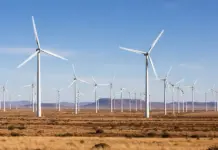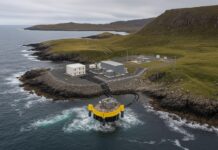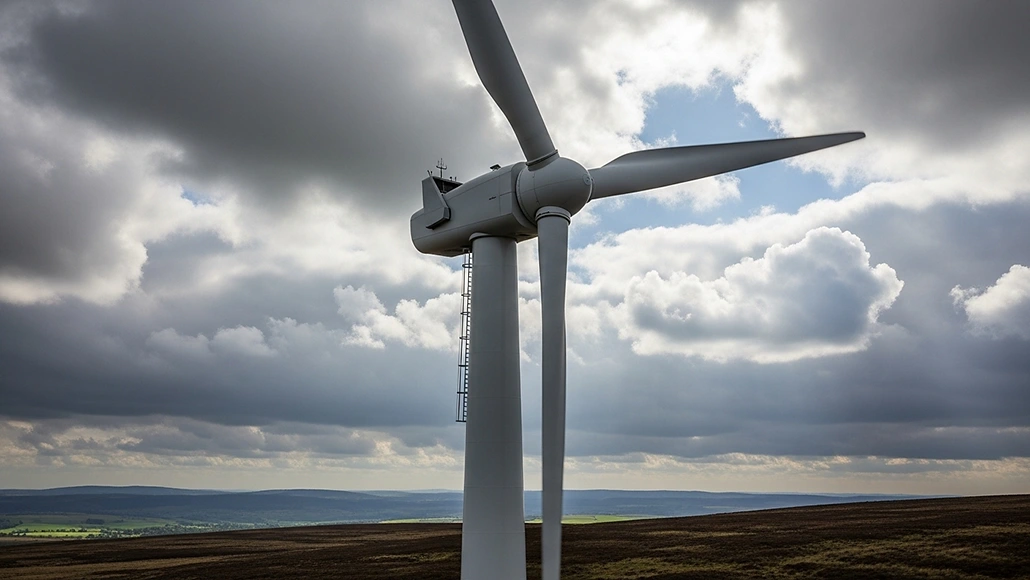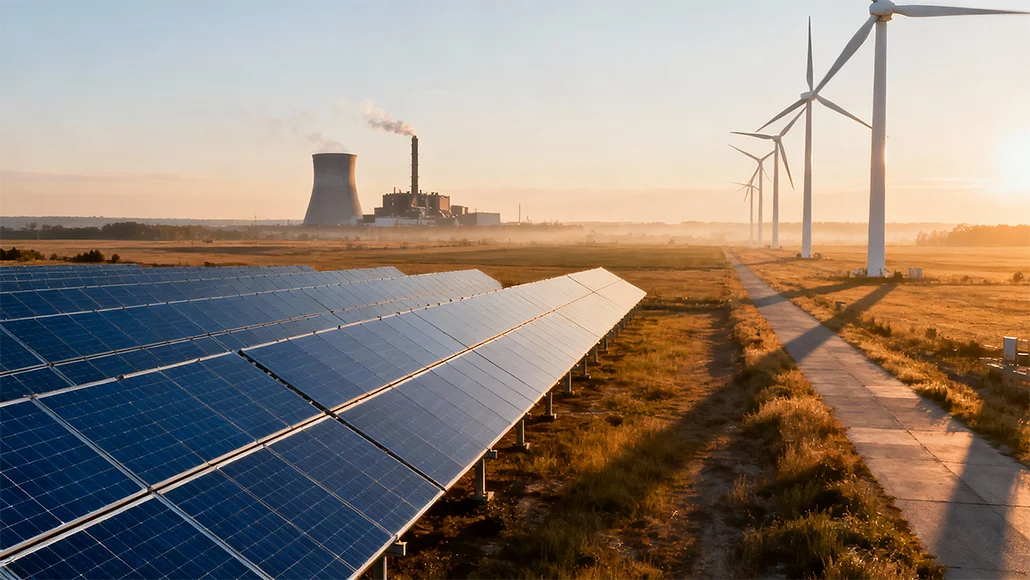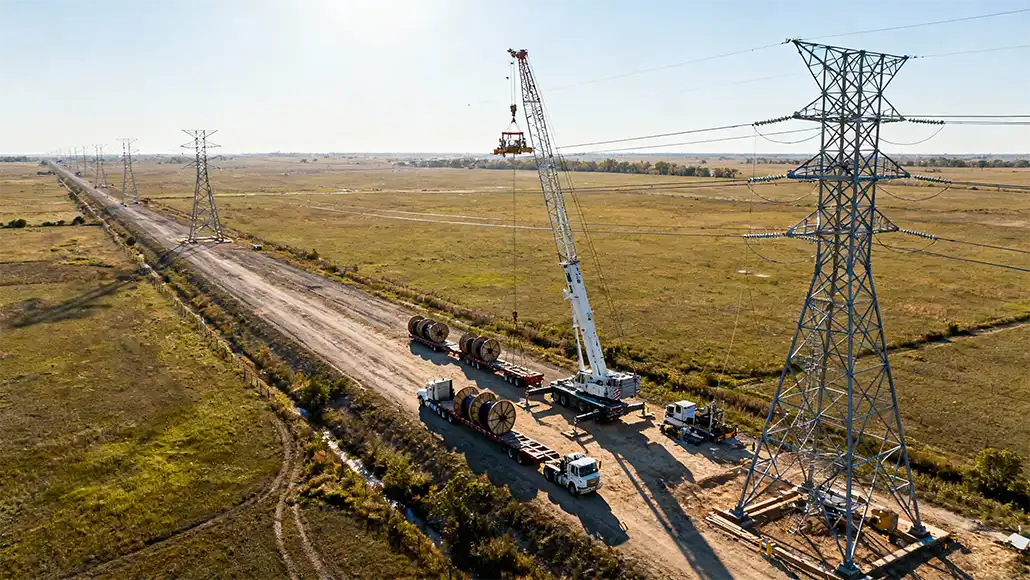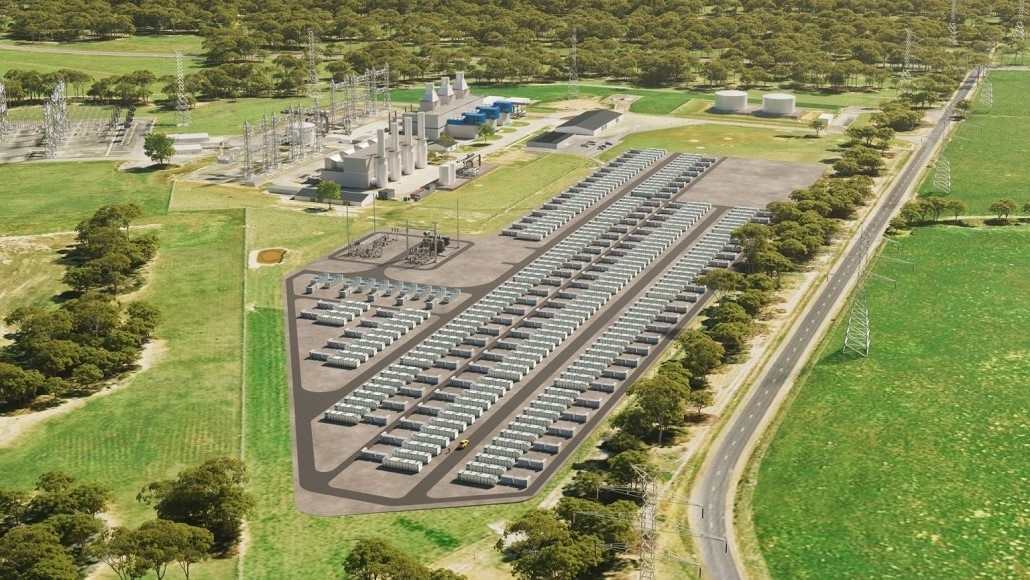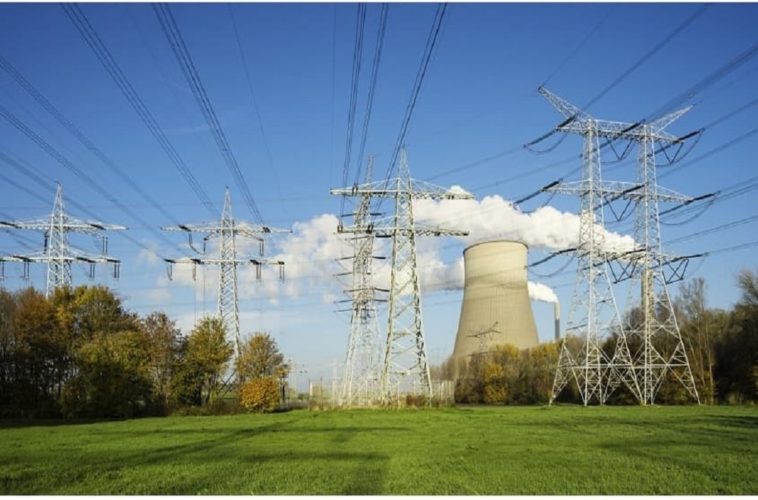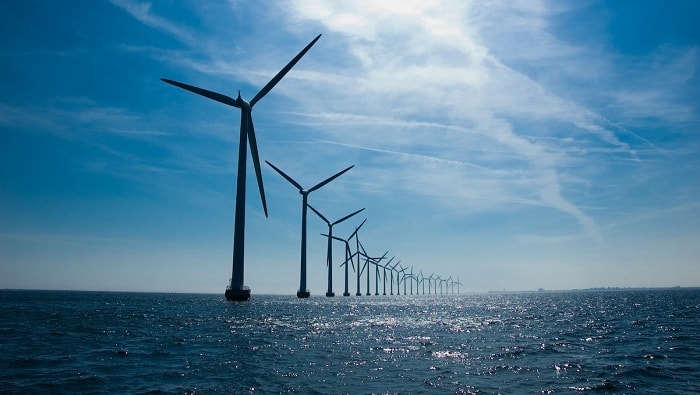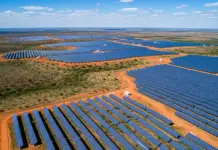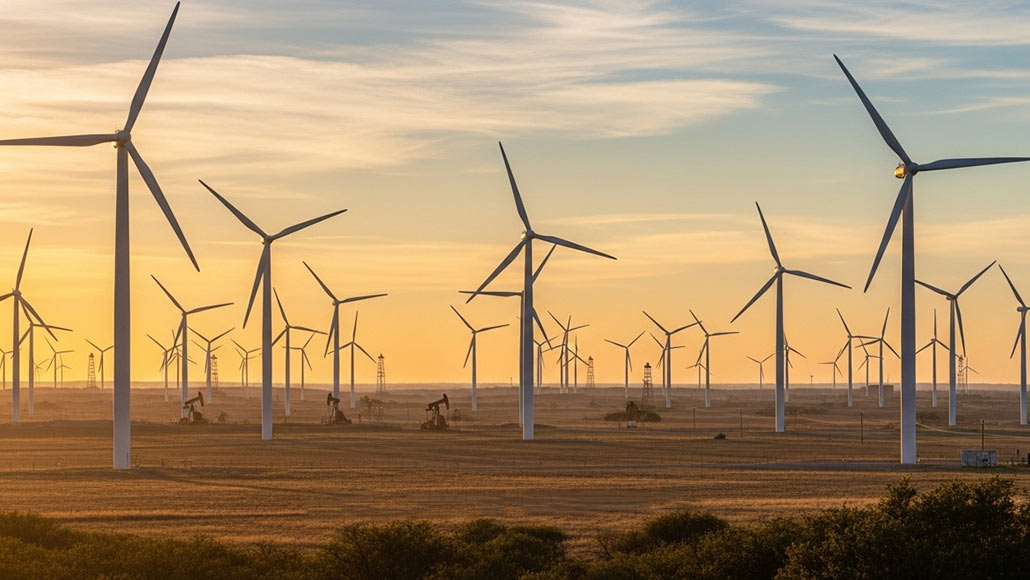Climate Council, the nonprofit organization’s latest report, has gone on to reveal that in spite of the US federal climate policy setbacks that have been witnessed under President Donald Trump’s administration, the US states and companies, as well as competitors like China, are making enough strides when it comes to renewable energy adoption.
The report named Power Shift: The US, China, and the Race to Net Zero underscores that many US states, along with companies, continue to go ahead with their net-zero objectives.
Apparently, California, which is powered by two-thirds clean energy, happens to still remain a national climate action leader, specifically after the Los Angeles fires took place. Besides this, Texas has become the top wind power producer in the country now.
Furthermore, 84% of the US companies advance renewables and are pretty much committed to their climate objectives, with 37% going ahead and growing their ambitions.
The fact is that the retreat by the Trump administration has gone on to create certain opportunities for other countries to go ahead and take the lead, with China making sure to reinforce its position as the leader in clean energy.
As for Australia, a much more robust 2035 climate target could also unleash an A$190bn, which is equivalent to a $124.1bn export opportunity, which would in turn stimulate local business investment and, at the same time, create new jobs.
This sort of target could also help in transitioning from a fossil fuel-dependent economy to being a leader when it comes to clean exports.
It is well to be noted that as China, which happens to be the second-largest coal export market, moves towards renewables, Australia is also looking forward to working on ways to adapt and capitalize on this transition, alongside certain other major economies like the UK, India, Japan, the EU, and South Korea.
Interestingly, China has seen a prominent dip when it comes to emissions in the first half of 2025 and has, as a matter of fact, contributed to a 1% decrease in global climate pollution by way of its clean energy exports last year.
Moreover, the solar and wind capacities of China have grown since 2020, and its renewable energy sector has also gone on to surge so robustly that it has reached its 2030 objectives six years ahead of time.
Nicki Hutley, the climate councillor and economist, remarked that in 2025, global renewables investment has doubled that of fossil fuels, with countries going ahead and investing trillions of dollars. Still, the US, under the Trump administration, has made a very erratic choice to march in a completely opposite direction.
She adds that even if one could see many heavyweight states as well as US companies advance renewables, it is now very clear that China is leading and at the same time profiting. In the past five years, the solar capacity of China has, in a way, almost quadrupled, and its wind capacity has gone on to double.
It is worth noting that the global investment when it comes to renewable energy is all set to reach A$3.4tn by 2025, which is almost double the investment when it comes to coal, oil, and gas.
Interestingly, the renewable power generation happens to be on track so as to surpass coal-fired generation by either 2025 or 2026.
By the end of the decade, it is expected to almost double, hence satisfying the combined power demands as far as China and the US are concerned.
This kind of transition happens to come as there are numerous countries that commit to phasing out fossil fuels and at the same time ending the subsidies in terms of coal, oil, and gas.
Although China is on the road to building coal power stations, coal generation in the country has dropped by 3.4% YoY in H1 of 2025, says the report.


